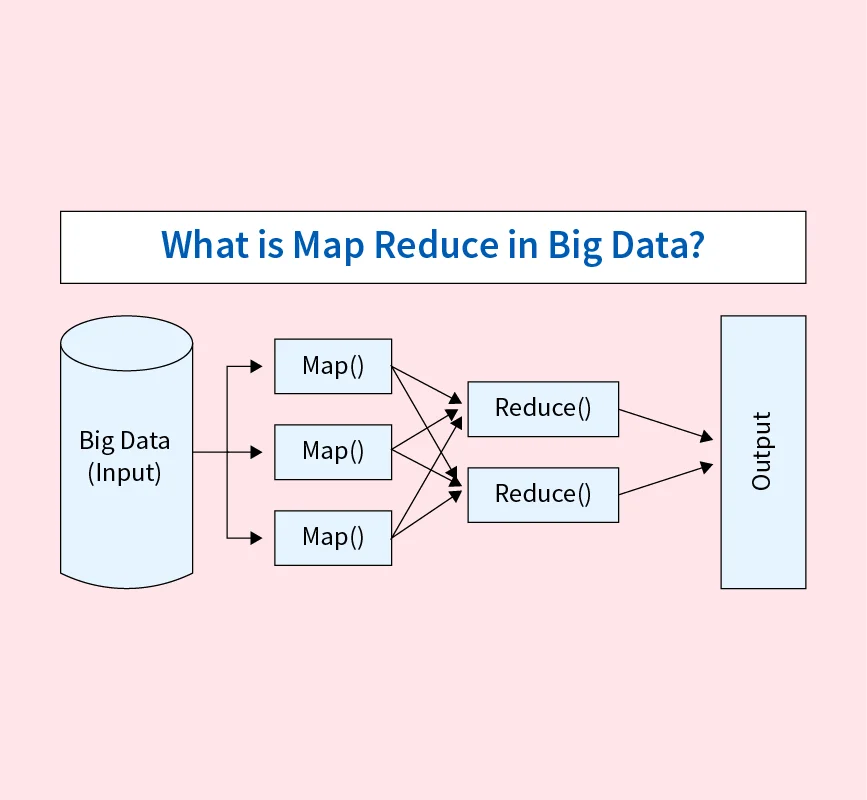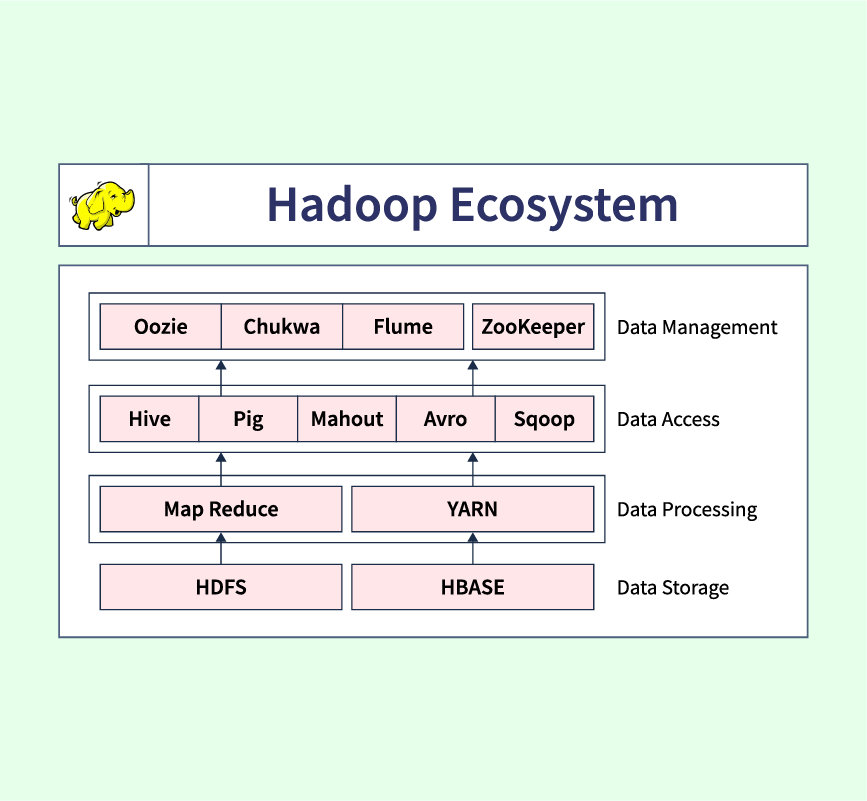Big Data refers to the massive and complex datasets generated from various digital sources, including social media, sensors, transactions, and devices. Its significance lies in its potential to drive data-driven decisions, enhance operational efficiency, and foster innovation across industries.
In today’s digital world, businesses and organizations leverage big data to uncover hidden patterns, trends, and correlations that were previously impossible to detect. Understanding the real-life applications of big data is essential as it highlights how industries such as healthcare, finance, retail, and entertainment utilize data to improve services, enhance customer experiences, and gain competitive advantages in a rapidly evolving landscape.
1. Big Data in Healthcare
Predictive Analytics for Patient Care
Big data is transforming healthcare through predictive analytics, where vast amounts of patient data are analyzed to forecast diseases and improve treatment outcomes. Electronic health records (EHRs), wearable devices, and medical imaging generate large datasets that machine learning models process to identify patterns. This enables early detection of chronic diseases such as diabetes and heart disease, allowing for timely intervention and personalized care. Hospitals use big data to optimize resource allocation, reduce readmission rates, and enhance patient management systems.
Genomic Research
In genomic research, big data plays a critical role by analyzing massive genetic datasets to uncover links between genes and diseases. Techniques like next-generation sequencing (NGS) generate terabytes of genomic data, which bioinformatics tools process to identify genetic mutations and develop personalized medicine. Big data enables scientists to explore genetic variations across populations, aiding in cancer research, rare disease identification, and targeted therapies. Companies like 23andMe utilize big data to provide consumers with genetic insights, promoting personalized health and wellness strategies.
The integration of big data in healthcare enhances diagnostic accuracy, treatment personalization, and operational efficiency, leading to better patient outcomes and groundbreaking medical research advancements.
2. Big Data in Finance
Fraud Detection
Big data analytics has revolutionized fraud detection in the financial industry by enabling real-time analysis of millions of transactions. Machine learning algorithms monitor transaction patterns, flagging anomalies such as unusual spending behavior or unauthorized access. Financial institutions like PayPal and Mastercard leverage big data to detect and prevent fraud, reducing financial losses and enhancing security. By analyzing historical data, these systems identify potential threats, ensuring swift intervention and protecting customer assets.
Risk Management
In risk management, big data helps financial institutions assess and mitigate risks effectively. Massive datasets from market trends, customer profiles, and economic indicators are analyzed to build predictive models that assess credit risk, market volatility, and investment opportunities. Hedge funds and investment banks use big data to forecast market movements and optimize portfolio management. For example, JPMorgan Chase employs big data analytics for credit scoring, ensuring accurate risk assessments and informed lending decisions.
The use of big data in finance enhances fraud prevention, investment strategies, and regulatory compliance, making the industry more resilient and responsive to evolving challenges.
3. Big Data in Retail
Personalized Shopping Experience
Big data enables retailers to provide a personalized shopping experience by analyzing customer behavior, purchase history, and browsing patterns. Algorithms process this data to recommend products tailored to individual preferences, enhancing customer satisfaction and driving sales. Companies like Amazon and Netflix use big data to suggest products and content, creating personalized user experiences that increase engagement and retention. Real-time data from websites, mobile apps, and social media allows retailers to offer dynamic pricing, customized promotions, and targeted marketing campaigns.
Inventory Management
In inventory management, big data helps retailers optimize stock levels through predictive analytics. Historical sales data, seasonal trends, and market demand are analyzed to forecast future inventory needs accurately. This minimizes stockouts, reduces excess inventory, and improves supply chain efficiency. Retail giants like Walmart utilize big data to manage inventory across thousands of stores, ensuring that products are available when and where customers need them. Real-time data analysis also helps retailers respond quickly to market changes, enhancing operational efficiency and profitability.
Big data in retail drives customer-centric strategies and efficient operations, providing competitive advantages in a fast-paced market.
4. Big Data in Transportation and Logistics
Route Optimization
Big data plays a crucial role in route optimization, enabling logistics companies to reduce delivery times and operational costs. By analyzing real-time traffic data, weather conditions, and vehicle availability, companies can determine the most efficient delivery routes. FedEx and UPS use big data analytics to streamline their delivery processes, minimizing fuel consumption and ensuring timely deliveries. GPS data and IoT sensors provide continuous updates, allowing dynamic route adjustments in case of unforeseen delays like traffic congestion or roadblocks.
Predictive Maintenance
In predictive maintenance, big data helps transportation companies prevent vehicle breakdowns and reduce downtime. IoT sensors installed in vehicles collect real-time data on engine performance, fuel usage, and wear and tear. This data is analyzed to detect early signs of mechanical issues, allowing for timely maintenance before critical failures occur. Companies like DHL leverage predictive analytics to maintain their fleet’s health, ensuring reliability and efficiency. This approach reduces maintenance costs, extends vehicle lifespan, and enhances overall operational efficiency in transportation and logistics.
Big data transforms transportation and logistics by enhancing operational efficiency, cost savings, and service reliability, making it an essential tool for modern supply chain management.
5. Big Data in Education
Student Performance Monitoring
Big data allows educational institutions to monitor student performance by analyzing grades, attendance, and participation. Schools and universities use data analytics to identify struggling students early, enabling timely interventions such as tutoring or additional support. Platforms like Blackboard and Google Classroom collect and analyze student data, providing insights into learning patterns and progress.
Personalized Learning
In personalized learning, big data customizes educational content to meet individual student needs. Adaptive learning systems like Knewton analyze student responses and learning speeds, tailoring lessons accordingly. This ensures that each student receives content suited to their level and learning style, enhancing retention and engagement. Big data in education supports data-driven decision-making, improving learning outcomes and administrative efficiency.
6. Big Data in Agriculture
Precision Farming
Big data enhances precision farming by collecting data from sensors, satellites, and machinery to optimize crop management. Farmers use this data to monitor soil health, irrigation needs, and pest activity, ensuring efficient resource use and improved yields. Companies like John Deere utilize big data for real-time farm management.
Weather Prediction
Accurate weather prediction is vital for agriculture, and big data enables detailed weather forecasts. Historical weather patterns, satellite images, and atmospheric data are analyzed to predict rainfall, droughts, and extreme weather, helping farmers plan planting and harvesting activities effectively. Big data in agriculture leads to higher productivity, reduced costs, and sustainable farming practices.
7. Big Data in Entertainment
Content Recommendation
Big data powers content recommendation systems by analyzing user behavior, preferences, and viewing history. Platforms like Netflix, Spotify, and YouTube use algorithms that process massive datasets to suggest movies, shows, and music tailored to individual users. By tracking metrics such as watch time, search queries, and interactions, these platforms enhance user engagement and satisfaction.
Audience Analysis
In audience analysis, big data helps entertainment companies understand viewer preferences and trends. Data from social media, streaming platforms, and surveys is analyzed to identify popular genres, actors, and content types. This information guides content creation, marketing strategies, and release schedules. For example, Disney+ uses big data to determine which shows or movies to produce based on audience demand, ensuring high viewership and profitability.
8. Big Data in Advertising and Marketing
Big data enables targeted advertising by analyzing user behavior, preferences, and demographics. Platforms like Google Ads and Facebook Ads process large datasets to display personalized ads, increasing the likelihood of conversions. Advertisers track clicks, impressions, and user engagement to refine their campaigns.
Additionally, big data provides detailed campaign performance metrics, allowing marketers to measure ROI, identify successful strategies, and optimize future campaigns. This data-driven approach ensures that marketing efforts are efficient, cost-effective, and tailored to the right audience segments.
9. Big Data in Government
Big data helps governments enhance public services by analyzing data from citizens, infrastructure, and social programs. Data-driven policies improve areas like public transportation, healthcare, and urban planning. For example, smart city initiatives use big data to optimize traffic management, waste disposal, and energy consumption.
In national security, big data is used to monitor and prevent threats by analyzing communication networks, financial transactions, and social media activities. Agencies like the NSA leverage big data analytics for real-time threat detection, ensuring national safety and quick response to potential risks.
10. Big Data in Cybersecurity
Big data enhances cybersecurity by enabling the detection of threats in real-time. Organizations analyze large datasets from network traffic, user behavior, and system logs to identify anomalies that indicate cyberattacks, such as malware or unauthorized access attempts.
Data protection is strengthened through big data analytics, which provides insights into vulnerabilities and enhances defense mechanisms. Companies like IBM use big data tools to monitor and respond to security breaches, ensuring robust protection for sensitive data and minimizing potential damage from cyber threats.
References:


